China, the world’s undisputed garlic powerhouse, produces an astounding volume of this pungent bulb, accounting for a staggering 75% of global production. But how did this small, aromatic bulb become such a significant part of China’s agricultural landscape? Let’s delve into the heart of Chinese garlic production, exploring its rich history, cultivation practices, economic impact, and the challenges and opportunities that lie ahead for this global garlic giant.
A Legacy of Flavor: Garlic’s Deep Roots in China
Garlic’s history in China is a captivating tale that intertwines with the country’s culinary traditions and ancient medicinal practices for over four millennia. From its humble beginnings as a wild plant, garlic quickly ascended to a place of prominence in Chinese culture, revered for both its flavor and healing properties.
- Ancient Wisdom: Garlic in Traditional Chinese Medicine: Long before modern medicine, the ancient Chinese recognized garlic’s potent properties. Traditional Chinese medicine practitioners have used garlic for centuries to treat a wide range of ailments, from digestive disorders and respiratory infections to parasites and circulatory problems. Garlic’s reputation as a natural healer is deeply ingrained in Chinese culture, passed down through generations of wisdom and experience.
- A Culinary Cornerstone: Garlic’s Enduring Presence in Chinese Cuisine: Garlic is not merely a medicinal marvel in China; it’s a cornerstone of the country’s diverse and flavorful cuisine. Walk through any bustling Chinese market, and the pungent aroma of garlic will undoubtedly guide your senses. From the sizzle of garlic in hot woks to the delicate balance of flavors in sauces and marinades, garlic is an indispensable ingredient in countless Chinese dishes. Its ability to enhance and elevate flavors, adding depth and complexity, has cemented its place in the heart of Chinese culinary traditions.
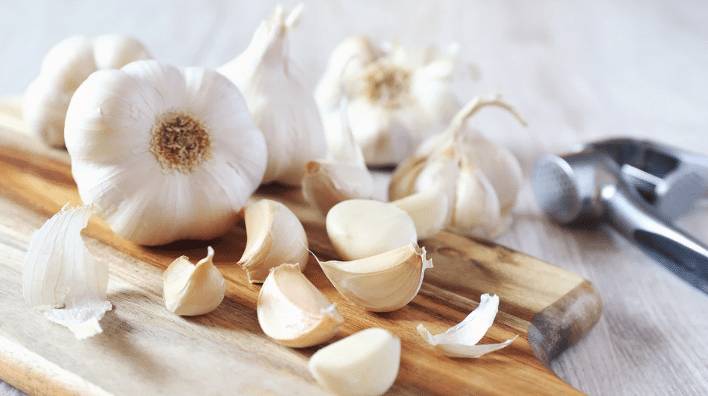
From Seed to Bulb: The Journey of Chinese Garlic Production
China’s garlic production is a testament to the ingenuity and unwavering dedication of its farmers, who have meticulously honed their cultivation practices over centuries. The journey from a single clove to a plump, flavorful bulb is a labor of love, requiring careful attention to detail and a deep understanding of the plant’s needs.
- Planting: The Cycle Begins: As the summer heat fades and autumn paints the landscape in warm hues, Chinese garlic farmers prepare their fields for planting. Garlic cloves, carefully selected from the previous year’s harvest, are meticulously planted in rows, ensuring proper spacing for optimal growth. The timing of planting is crucial, allowing the cloves to establish strong root systems before winter’s chill sets in.
- Cultivation: Nurturing Growth: Chinese farmers are masters of maximizing yields, employing intensive cultivation methods that have been refined over generations. Throughout the growing season, they meticulously manage every aspect of the garlic’s environment. Irrigation systems deliver precise amounts of water, ensuring the plants receive adequate moisture without becoming waterlogged. Fertilizers, carefully chosen to provide essential nutrients, are applied at specific stages of growth to promote healthy bulb development. And with a watchful eye, farmers diligently monitor for pests and diseases, employing integrated pest management techniques to protect their precious crops.
- Harvesting: Reaping the Rewards: As spring transitions to summer, the garlic fields transform into a sea of green, their pungent aroma filling the air. When the bulbs have reached peak maturity, signaling the culmination of months of hard work, the harvest begins. Farmers carefully lift the garlic plants from the ground, their hands calloused yet gentle, ensuring minimal damage to the bulbs. The freshly harvested garlic is then bundled and transported from the fields, ready for the next stage of its journey.
- Curing and Storage: Preserving the Bounty: Freshly harvested garlic, while bursting with flavor, requires proper curing and storage to develop its full aromatic potential and extend its shelf life. Chinese farmers traditionally cure garlic by hanging it in well-ventilated areas, allowing the bulbs to dry naturally. This drying process concentrates the flavors and strengthens the garlic’s natural defenses against spoilage. Once cured, the garlic is carefully sorted and graded, ready to be enjoyed fresh, processed into value-added products, or stored for future use.
Geographic Powerhouses: China’s Garlic Production Hubs
While garlic thrives in various regions across China, certain provinces have risen to prominence as garlic production powerhouses, each contributing its unique characteristics to the nation’s garlic output. These regions, blessed with ideal climates and fertile soils, have become synonymous with garlic cultivation, shaping the global garlic trade and influencing culinary traditions worldwide.
| Province | Key Characteristics | Production Volume |
|---|---|---|
| Shandong | Known for its vast, flat plains and ideal climate, Shandong is China’s garlic production champion. The province’s garlic is prized for its large bulb size, white outer skin, and pungent flavor, making it a favorite for both domestic consumption and international export. | Over 50% of national production |
| Henan | Situated in central China, Henan boasts fertile plains and a long history of garlic cultivation. The province is known for producing garlic with a strong, pungent flavor, highly sought after for its use in processed garlic products, such as garlic powder and garlic oil. | Significant contributor to exports |
| Jiangsu | Located along China’s eastern coast, Jiangsu benefits from a favorable climate and fertile soils, making it a major producer of both fresh and processed garlic products. The province is recognized for its high-quality garlic and its innovative processing industry, which develops a wide range of value-added garlic products. | Known for its high-quality garlic |
Economic Engine: Garlic’s Impact on China’s Economy
Garlic production in China is not merely an agricultural endeavor; it’s an economic powerhouse, driving rural development, creating employment opportunities, and bolstering the nation’s position in the global agricultural market. From small-scale farmers to large-scale processors and exporters, the garlic industry touches the lives of millions of people, contributing significantly to China’s economic growth.
- Employment: Sustaining Livelihoods: The garlic industry is a major source of employment in rural China, providing livelihoods for millions of people. From planting and harvesting to processing, packaging, and transportation, the garlic supply chain creates a ripple effect of economic activity, supporting families and communities across the country.
- Exports: A Global Commodity: China’s dominance in garlic production has positioned the nation as the world’s leading garlic exporter. Chinese garlic is shipped to countries worldwide, adding flavor to dishes and generating significant foreign exchange earnings. This export revenue contributes to China’s economic growth and strengthens its position in the global agricultural trade.
- Rural Development: Empowering Communities: Garlic production plays a vital role in rural development in China, boosting incomes, improving living standards, and fostering economic growth in rural communities. The garlic industry provides opportunities for farmers to increase their earnings, invest in their farms, and enhance their quality of life. This, in turn, stimulates local economies and contributes to the overall development of rural areas.
Challenges and Opportunities: Navigating the Future of Chinese Garlic Production
China’s garlic industry, while enjoying a position of global dominance, is not without its challenges. Climate change, market volatility, and environmental concerns pose significant threats to the industry’s long-term sustainability. However, these challenges also present opportunities for innovation, adaptation, and the development of more resilient and sustainable garlic production practices.
Challenges:
- Climate Change: A Growing Threat: Climate change, with its unpredictable weather patterns, poses a significant challenge to garlic production in China. Droughts, floods, and extreme temperatures can disrupt planting cycles, damage crops, and reduce yields, impacting farmer incomes and global garlic supplies.
- Market Volatility: A Balancing Act: The global garlic market is susceptible to price fluctuations driven by factors such as supply and demand, weather events, and economic conditions. These price swings can impact farmer incomes, making it challenging to plan for the future and invest in their farms.
- Environmental Concerns: A Call for Sustainability: Intensive garlic cultivation practices, while effective in maximizing yields, can have negative environmental impacts. Excessive use of fertilizers and pesticides can lead to soil degradation, water pollution, and biodiversity loss, raising concerns about the long-term sustainability of garlic production.
Opportunities:
- Value Addition: Unlocking New Potential: Expanding processing capabilities and developing value-added garlic products present significant opportunities for China’s garlic industry. Products such as garlic powder, garlic oil, black garlic, and garlic extracts offer higher profit margins and cater to the growing demand for convenient and shelf-stable garlic products.
- Sustainable Practices: Investing in the Future: Promoting sustainable farming practices is crucial for ensuring the long-term viability of China’s garlic industry. Adopting organic farming methods, reducing water consumption, and minimizing pesticide use can help conserve resources, protect the environment, and enhance the quality and marketability of Chinese garlic.
- Market Diversification: Expanding Horizons: Exploring new export markets and expanding domestic consumption can help mitigate the risks associated with market volatility. Developing new garlic-based products, promoting the health benefits of garlic, and creating targeted marketing campaigns can help increase demand and stabilize prices.
Why Choose CAIE for Your Wholesale Garlic Needs?
As a leading supplier of high-quality garlic from Shandong Province, China – the world’s largest garlic-producing region – CAIE offers food processors a unique combination of advantages:
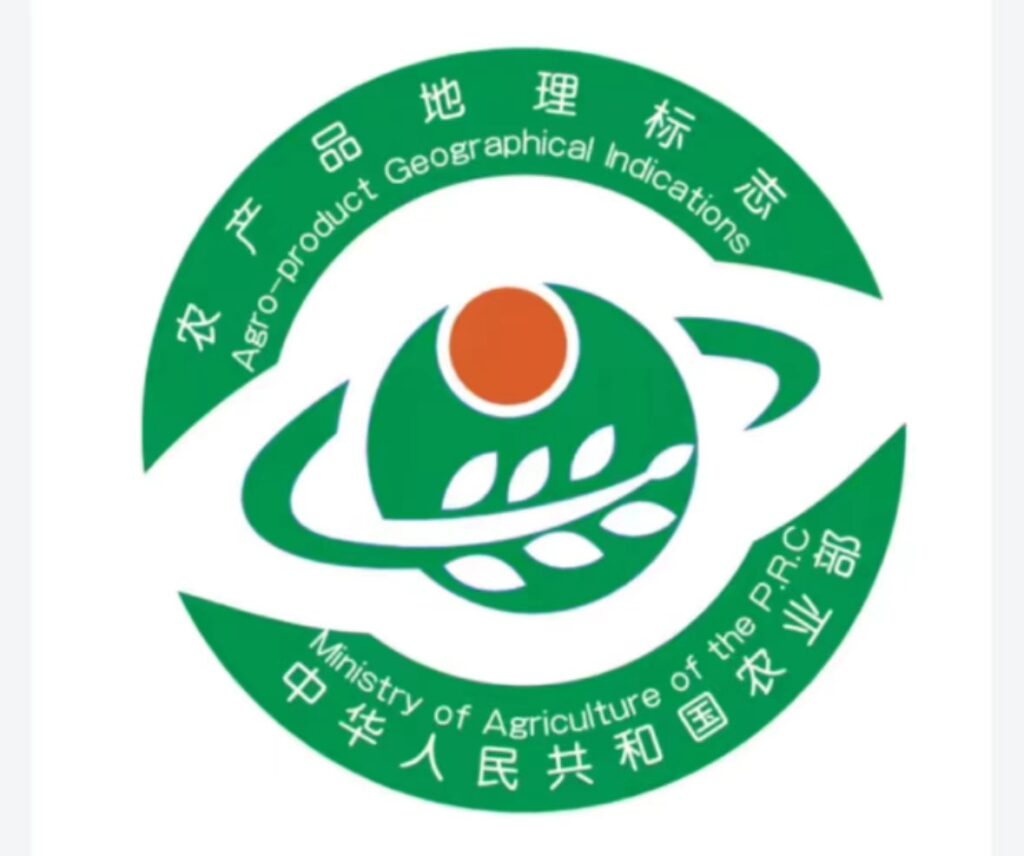

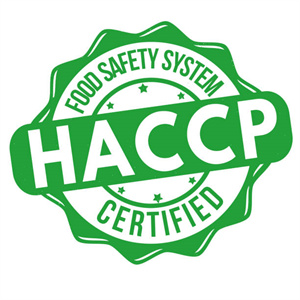
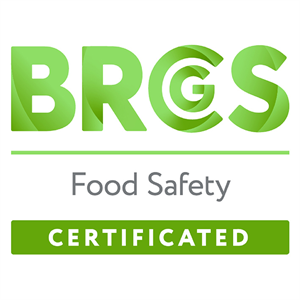
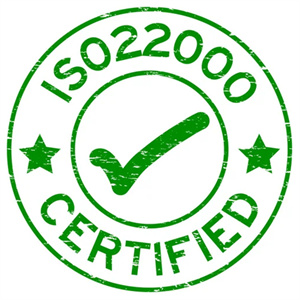
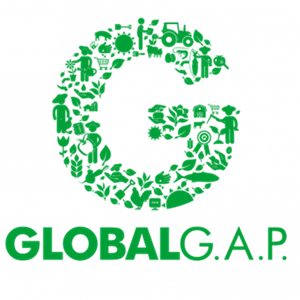
- Unwavering Commitment to Quality: At CAIE, quality is non-negotiable. Our garlic is cultivated on over 10,000 acres of company-owned farms in Jinxiang County and Weifang City, adhering to the highest international standards, including those of the European Union, Japan, and the U.S. From soil analysis and seed selection to green planting and harvesting, we maintain meticulous control over every stage of production to ensure exceptional quality and flavor consistency.
- Reliable Supply & Capacity: With our extensive farming operations, modern storage facilities exceeding 100,000 square meters, and a dedicated logistics team in the Weifang Free Trade Zone, CAIE guarantees a consistent and reliable supply of garlic to meet the demands of even the largest food processors. We offer flexible order sizes, competitive lead times, and the capacity to handle large-scale orders efficiently.
- Garlic Expertise & Customized Solutions: Backed by a team of agricultural experts and a foreign trade division with over 20 years of experience, CAIE provides unparalleled expertise in garlic varieties, forms, and their suitability for specific food processing applications. We work closely with our clients to understand their unique needs and develop tailored solutions, from sourcing specific garlic types to providing custom processing and packaging options.
- Sustainable & Ethical Sourcing: CAIE is committed to sustainable agriculture practices and ethical sourcing throughout our supply chain. We prioritize environmentally responsible farming methods, fair labor practices, and transparency in our operations. By choosing CAIE, you’re not only getting premium garlic but also supporting a company that aligns with your values.
- Partnership Approach & Customer Focus: At CAIE, we believe in building long-term partnerships with our clients based on trust, transparency, and mutual success. Our dedicated customer support team is always available to answer your questions, address your concerns, and provide ongoing support to ensure your complete satisfaction.
Conclusion: The Future of Garlic, Made in China
China’s garlic industry, with its long history, massive scale, and economic significance, stands at a pivotal point. Addressing the challenges of climate change, market volatility, and environmental sustainability is crucial for ensuring the industry’s continued success and its ability to continue shaping the global garlic landscape. By embracing innovation, promoting sustainable practices, and exploring new market opportunities, China can leverage its garlic dominance to not only satisfy the world’s craving for this pungent bulb but also to secure the livelihoods of millions and contribute to a more sustainable and food-secure future.
